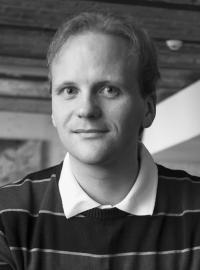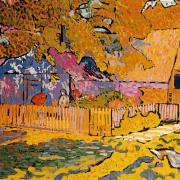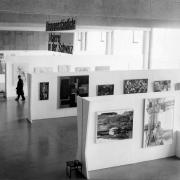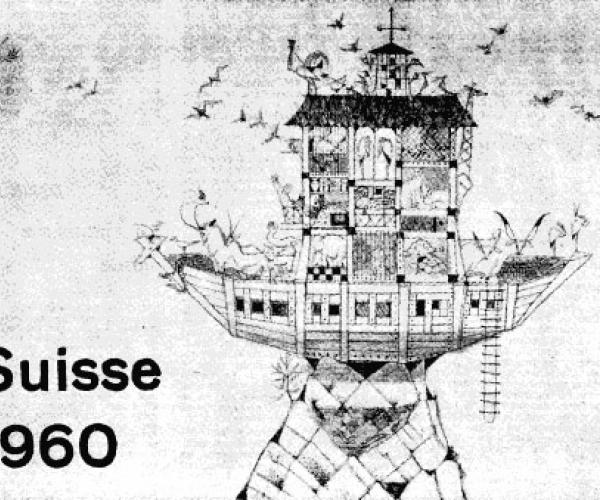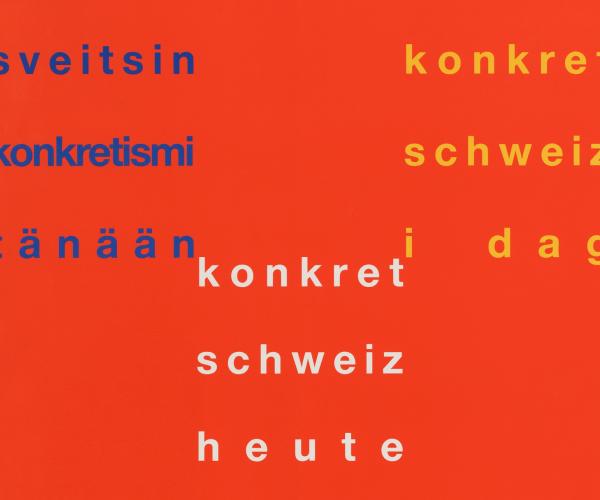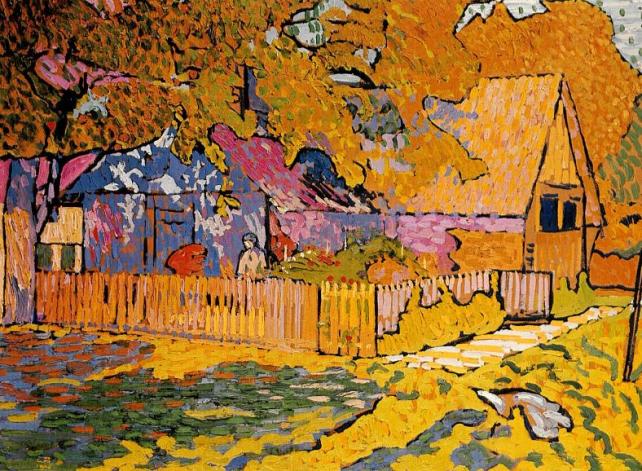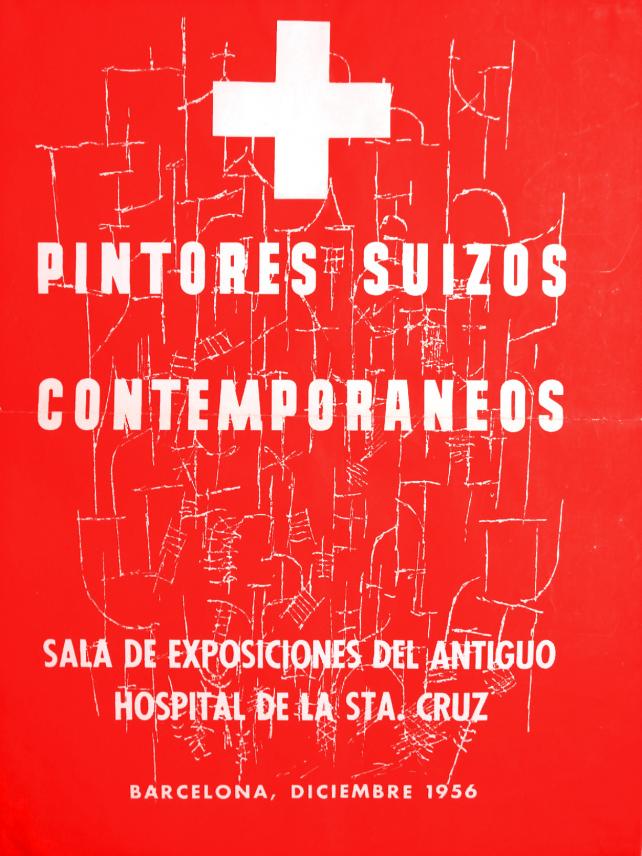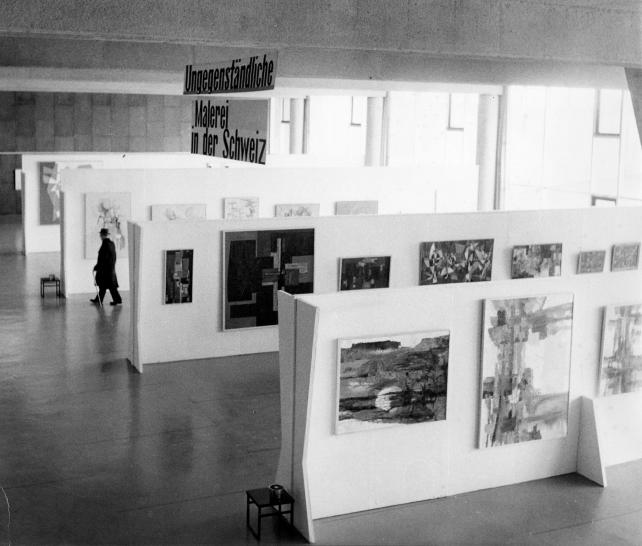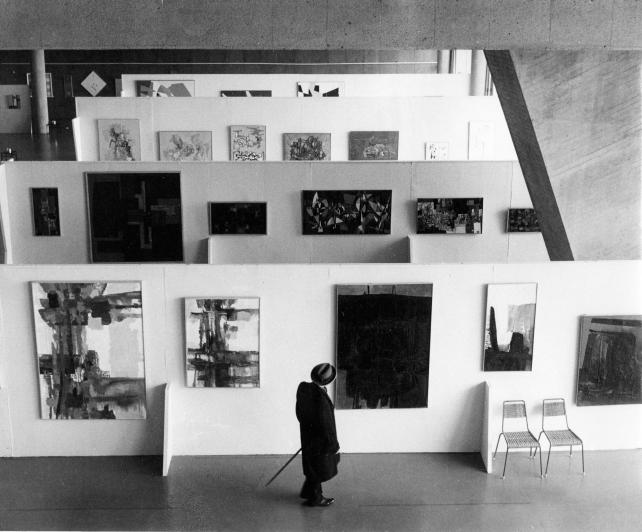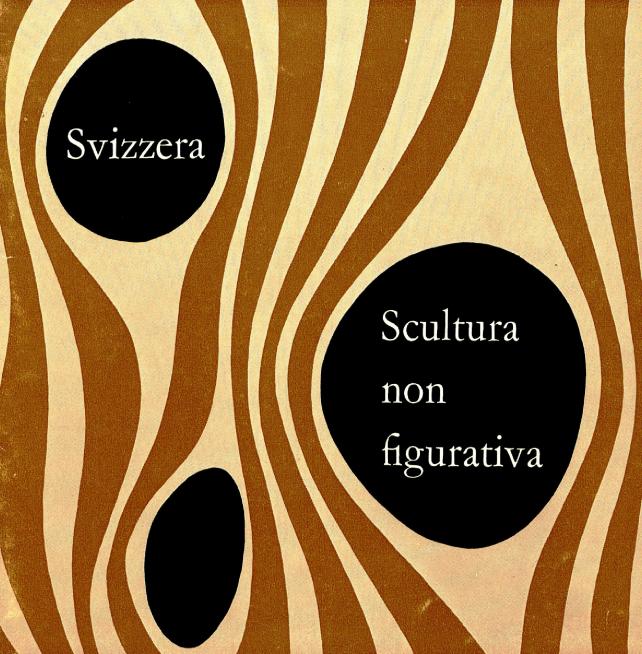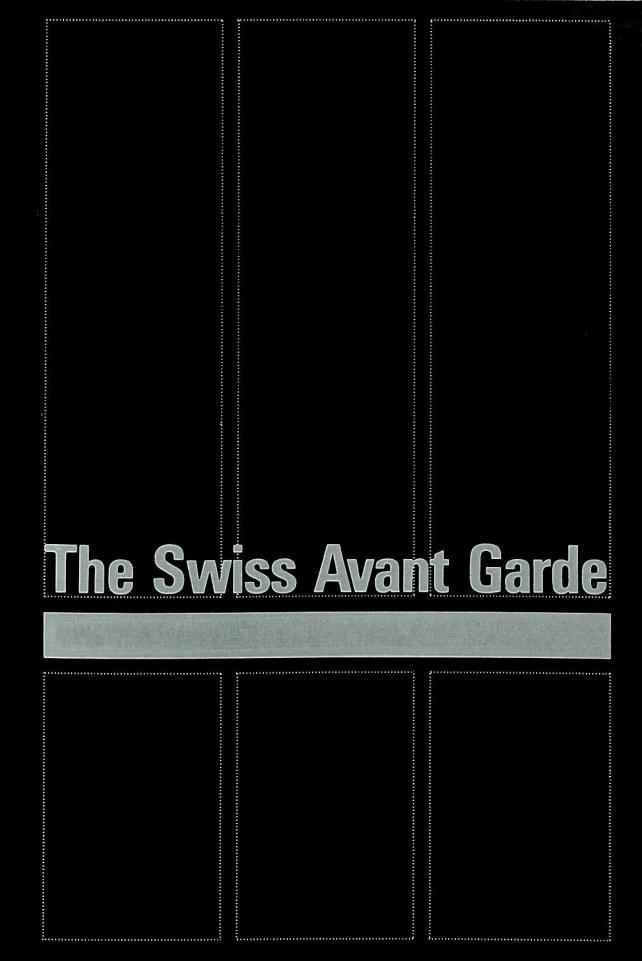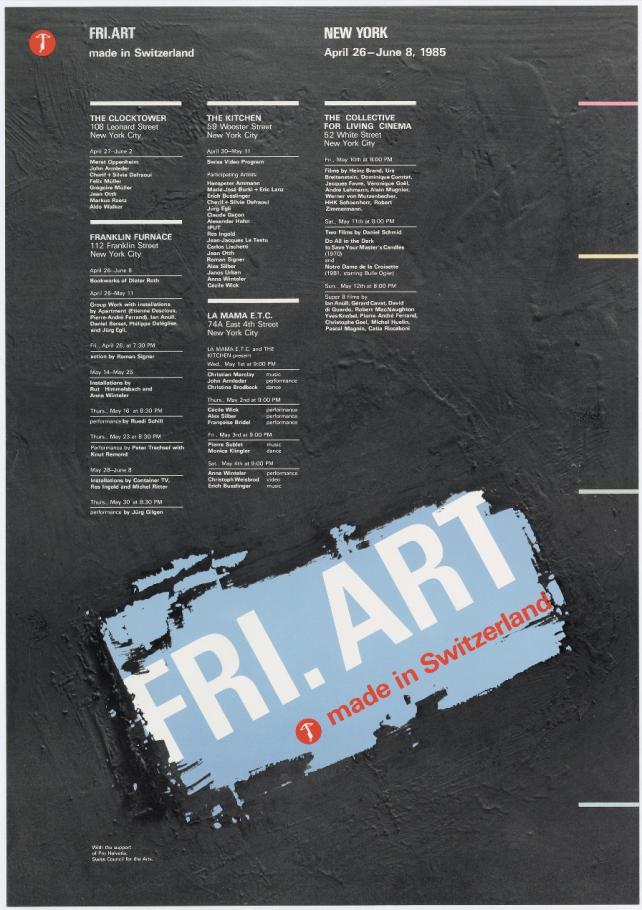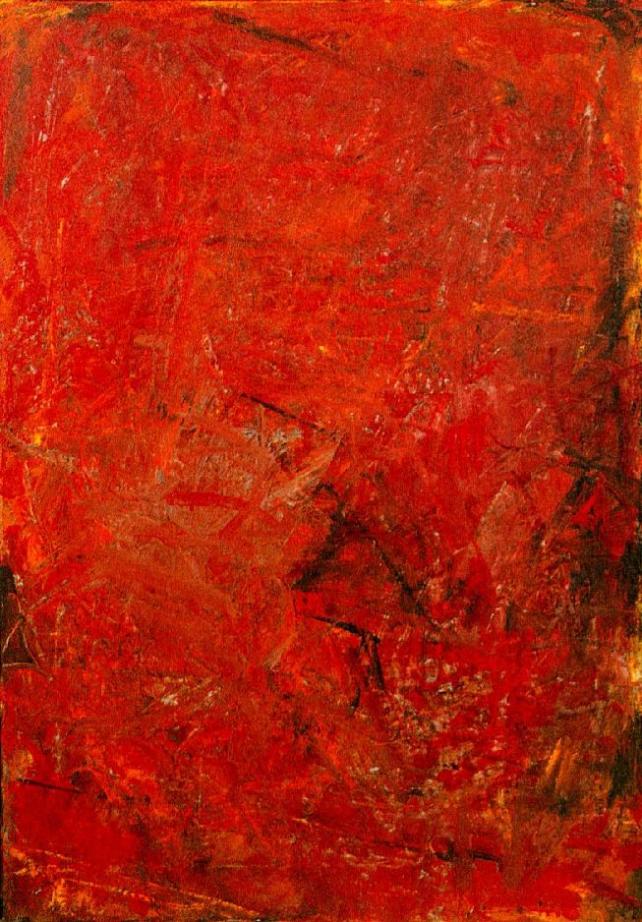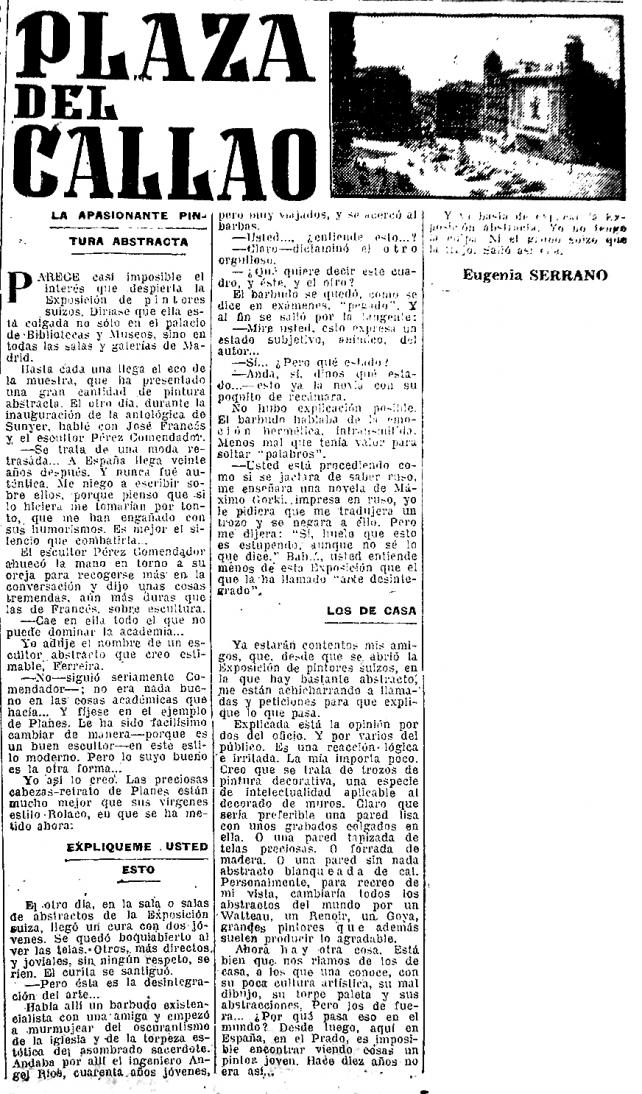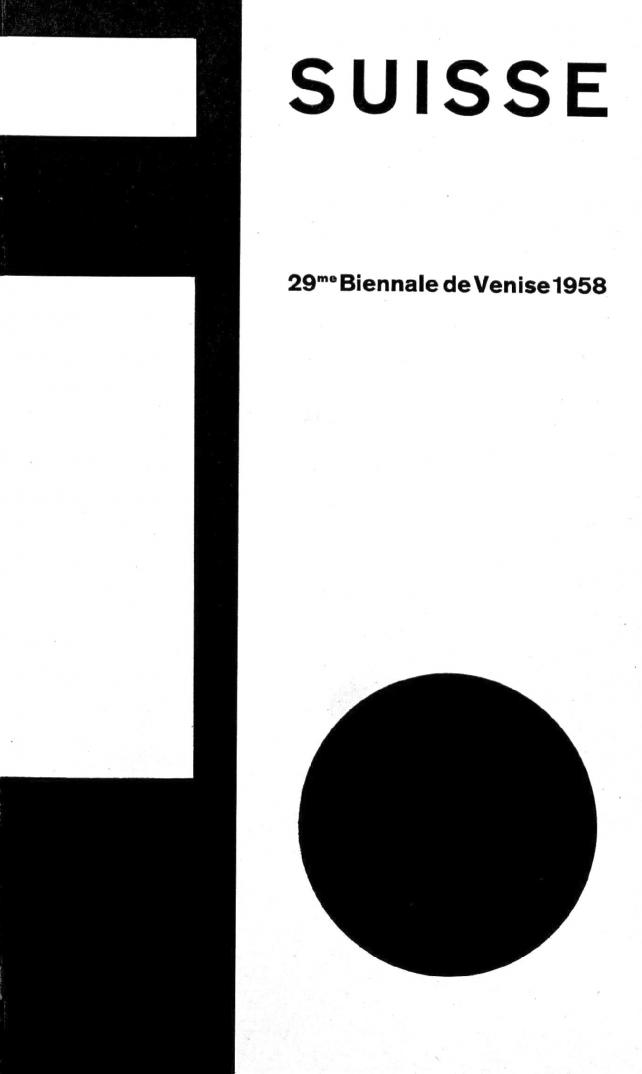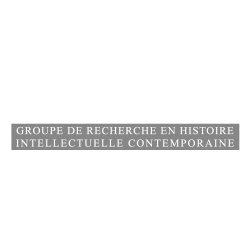The dawn of the avant garde
Due to the Spiritual defence and the generally conservative climate, contemporary creative artists only occupied a marginal place in Pro Helvetia’s policy until the end of the 1950s. Avant-garde artists, committed to geometric abstraction or surrealism were neither officially recognised nor in any way supported by public institutions. To defend their interest, and to voice also political demands, the artists formed pressure groups such as Gruppe 33 in Basel and Allianz, which was founded in Zurich in 1937.
In spite of their many activities, it was not until the end of World War II that public authorities started to give some attention to the avant garde. For the first time, abstract painting was represented at the 20th National exhibition of fine art in 1946.In 1956, as clearly visible in an exhibition in Basel, the Federal Commission of Fine Arts abandoned its habit of spatially separating figurative and abstract art. Finally Swiss Art appeared as an organic entity.
Within the Swiss cultural foreign policy, integration of contemporary trends in the arts evolved just as slowly, hampered by controversies over the quality and representational character of avant-garde work. In 1948, a Pro Helvetia committee preparing an exhibition of paintings bound for Germany decided on the concept of “sane and sound art,” supposed to reflect the stable conditions in Switzerland. In the art scene, dominated by Cuno Amiet and his successors, avant-garde artists were relegated to the position of outsiders.
In 1950, an exhibition designed according to similar priorities, destined for Stockholm, attracted criticism from Pro Helvetia’s Swedish partners, as they required greater consideration for contemporary art.
Pro Helvetia’s first exhibition granting significant space to abstract painting, opened 1956 in Franquist Spain.An equal number of figurative and abstract paintings as well as work from several young artists was presented. Jean Lecoultre, the youngest of them, was 26 at the time and lived in Madrid.The reactions of the press and the public, however, were far from enthusiastic and the conservative ideals of Franquism prevented serious debate on abstract painting. A newspaper even reported that shocked visitors had left the showroom as quickly as possible, making the sign of the cross…
The integration of the avant-garde into Swiss cultural policy culminated in 1958 with the exhibition Ungegenständliche Kunst in der Schweiz (Abstract Painting in Switzerland) in West Berlin. Dedicated to geometric abstraction and tachism this exhibition also questioned the significance of the national dimension of the arts. Reviews in Berlin newspapers reflected the view that national borders are of no significance when it comes to artistic creation.
Pro Helvetia continued in this vein of opening up to the world by organising Swiss art exhibitions abroad. Major exhibitions of contemporary art included those organised in New York in 1971 and 1985, and in Madrid in 2003. (tk)
Archives
AFS E9510.6 1991/51, Vol. 275, 349, 352
Bibliography
Dreissiger Jahre Schweiz, ein Jahrzehnt im Widerspruch: Ausstellung Kunsthaus Zürich, 30.10.-10.2.1982, Zurich, Kunsthaus 1981
Lüthy, Hans A. et Heusser, Hans-Jörg : L’Art en Suisse 1890-1980, Lausanne, Payot 1983
Omlin, Sybille : L’art en Suisse au XIXe et au XXe siècle : la création et son contexte, Zurich, Pro Helvetia 2004

